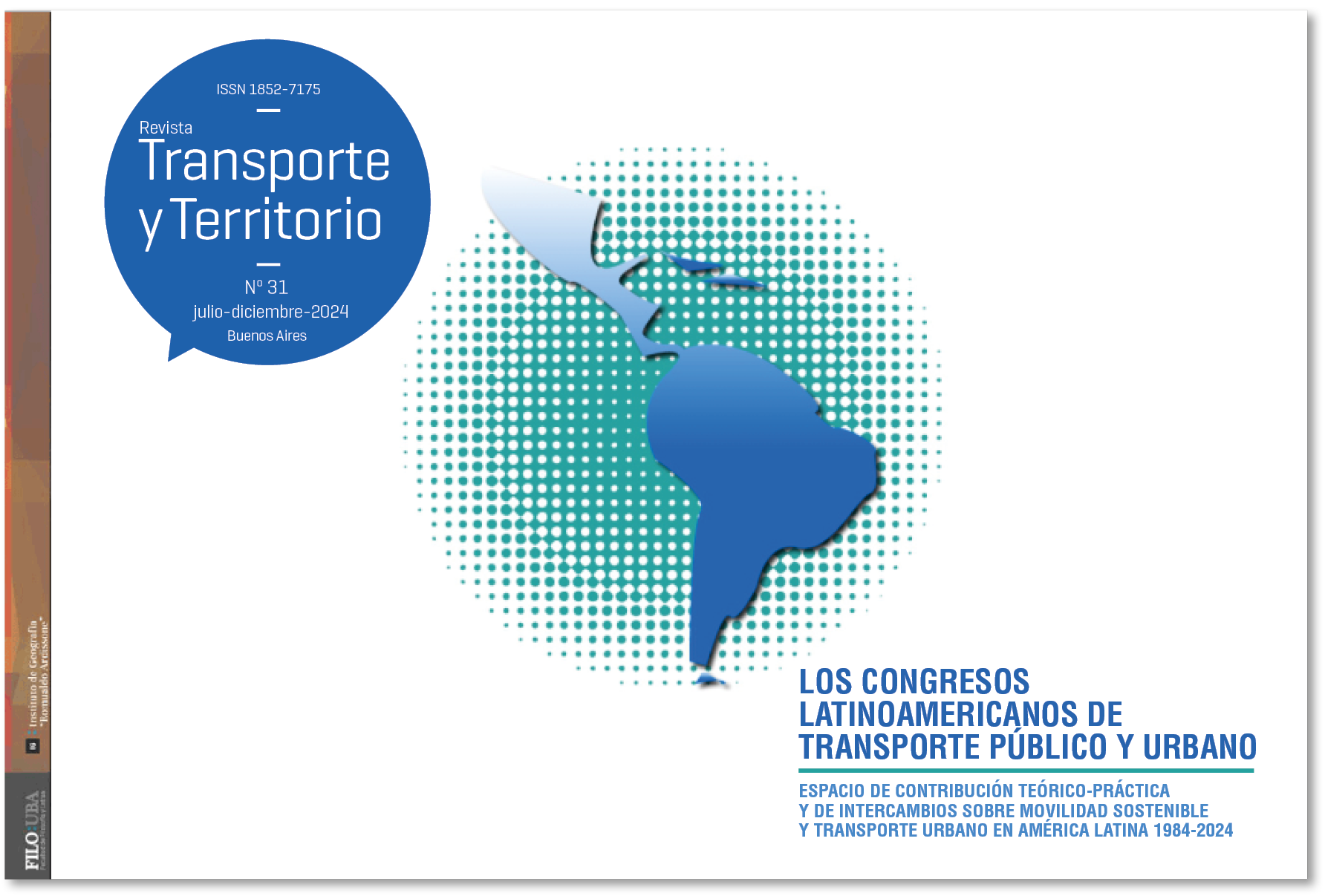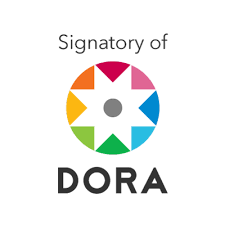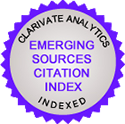Spatial (in)equity scenarios associated with public passenger transport in the city of Formosa
Abstract
Public passenger transport constitutes one of the links in addressing the mobility-accessibility binomial in the urban environment; understanding that access to employment opportunities, places of residence or spaces where many of the essential services are offered, depend largely on the material possibilities and circumstances of travel. The objective of this article is to analyze the spatio-temporal scope, that is, the coverage of the public passenger transport service of the city of Formosa. For this, technical criteria (regulatory thresholds) were considered and spatial analysis processes were carried out -executed in a GIS environment-, based on data obtained from primary (field survey) and secondary sources (CNPHyV, 2010). The results show a wide territorial coverage of transport, although with limitations in peripheral areas of the city where access difficulties are observed, especially in sectors far from the service headers; a situation that is also consistent with the dispersed mode of production of urban land. The evaluation of the travel time using the empirical Bayesian Kriging method, in comparison with interpolation by IDW, has validated both the precision and the reliability of the results obtained using the first technique.Downloads
Download data is not yet available.
Published
2024-12-09
How to Cite
Blanco, H. D. (2024). Spatial (in)equity scenarios associated with public passenger transport in the city of Formosa. Revista Transporte Y Territorio, (31), 247-270. https://doi.org/10.34096/rtt.i31.14222

1.jpg)

3.png)























